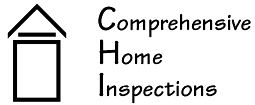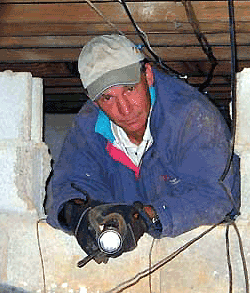|
Dan's Blog
The Course Outline: Smart Solutions for an Energy Efficient Home, 9am-12 Saturday, August 18, 2007 Oops, we had to cancel the class. We'll try again. We have a house to test. It’s located at 1274 Reeder Circle, near the Briarcliff Campus. I prefer to meet you at the house but will have someone at Rm 122 (our designated room at the Briarcliff Campus) to meet you and provide directions to the house. There is limited parking (the house is located at the end of the street) so please park nearby on Reeder Circle We will be inside and outside for three hours: please dress in comfortable clothes. This is the Kearns family home: respect their property as you would yours. This class will be lots of fun, a great learning experience, and a way to improve the comfort, home environment and energy efficiency of your own home. Course Outline Smart Solutions for an Energy Efficient Home Overview: “Energy Efficient Home” is the context of this class is a relative concept. Perhaps a better way to put it would be MORE energy efficient than before. There are various means of measuring home energy efficiency. A broader definition might include:
The first step in reaching these objectives is to determine the current condition of the home. There are three major components to building efficiency:
Our class will focus on the first of these items, the building enclosure. The primary means of testing/locating holes is the BLOWER DOOR TEST See the Southface Energy Institute handout for more information about blower door testing. The term used for sealing openings in the building, especially those between Conditioned and Un-conditioned spaces, is known as draftstopping. Firestopping is similar in principle but requires the use of fire-resistant materials. Draftstopping and firestopping control three types of movement:
The “smart” part of draftstopping is that it uses easily applied, inexpensive materials and controls all three types of movement within the home. The key to draftstopping is to use RIGID materials, not insulation. These include plywood, foam sheathing, expandable foam, sheet metal and 2x4 blocking When you have finished this field demonstration, you will have the knowledge to apply the principles of draftstopping to your home. It REALLY makes a difference. |
|


